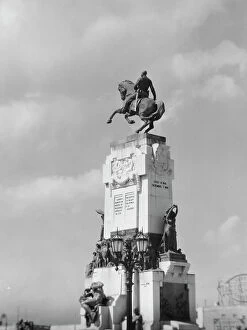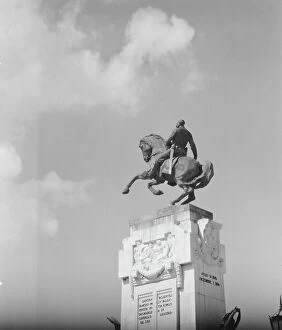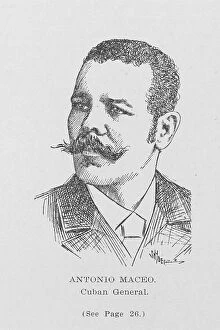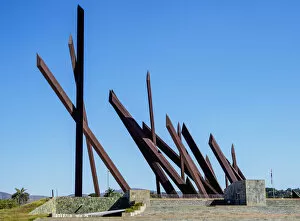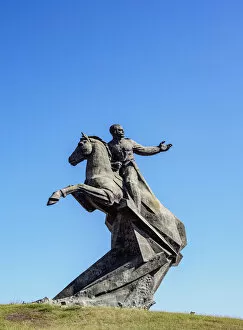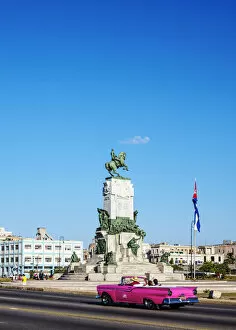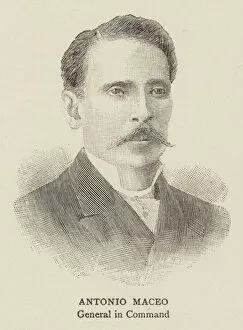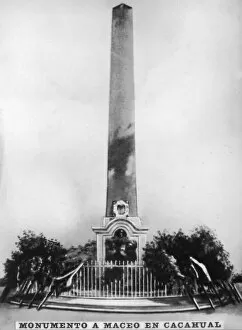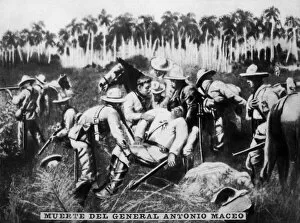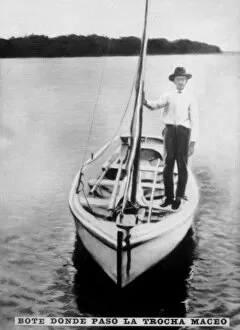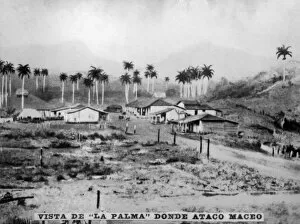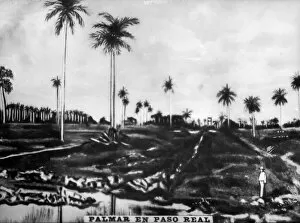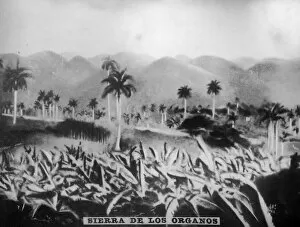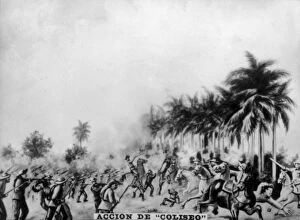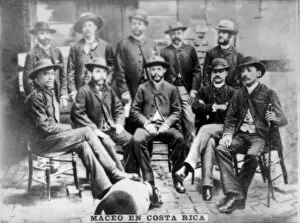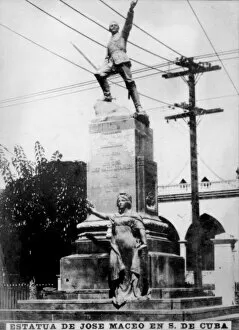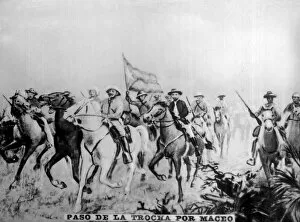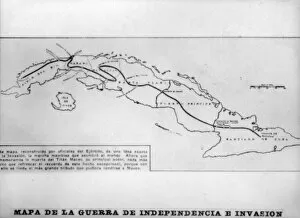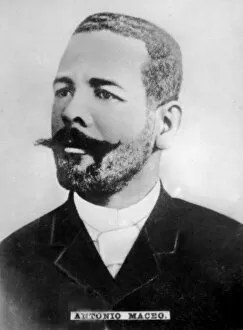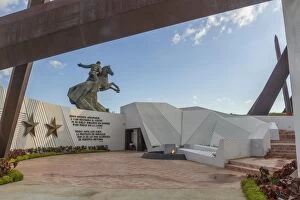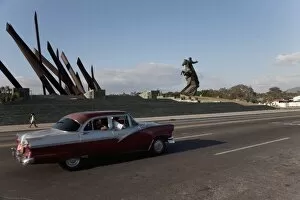Antonio Maceo Collection
Antonio Maceo: A Revolutionary Hero Immortalized in Monuments The General Antonio Maceo Monument stands tall and proud along the Malecon in Havana
For sale as Licensed Images
Choose your image, Select your licence and Download the media
Antonio Maceo: A Revolutionary Hero Immortalized in Monuments The General Antonio Maceo Monument stands tall and proud along the Malecon in Havana, a symbol of Cuba's rich history. This monumental complex serves as a tribute to one of the most influential figures in Cuban independence, Antonio Maceo Grajales. In Santiago de Cuba, another Plaza Antonio Maceo Grajales proudly displays an imposing statue honoring this legendary leader. The monument captures the essence of his bravery and determination that inspired countless revolutionaries. Cuba's capital city, Havana, also pays homage to Lieutenant-General Antonio Maceo with a striking monument on the Malecon. Known for his unwavering commitment to freedom and justice, he remains an icon for all Cubans. Through black and white photographs and engravings, we catch glimpses of Antonio Maceo's remarkable life. His legacy lives on through these timeless images that capture his strength and resilience. The Monument to Antonio Maceo erected in 1899 is a testament to his enduring impact even after his untimely death in 1896. It stands as a reminder of his sacrifice for Cuba's independence struggle. One fascinating depiction showcases the Postal Boat and the Trocha from the 1890s - a significant moment where Maceo led troops against Spanish forces during the war for liberation. Born in 1845, Antonio Maceo hailed from Surgidero - now recognized as his birthplace. This snapshot transports us back in time to witness where it all began for this extraordinary man who would shape Cuban history forever. Another captivating view takes us to Palma - offering insight into what may have been running through General Maceo's mind during critical moments throughout his military career, not just a hero; he was an inspiration whose memory continues to resonate today. These monuments serve as reminders of courage personified, reminding us of the sacrifices made for freedom and justice.

